Overview of EVO ICL
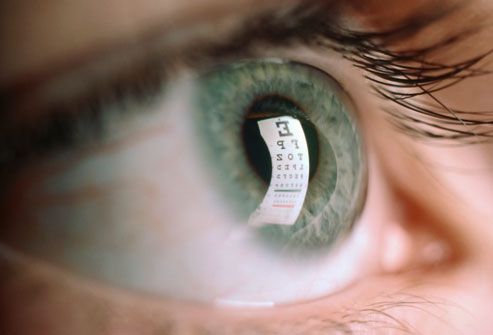
Implantable Collamer Lens (ICL) for myopia and astigmatism
For many years, eyeglasses, contact lenses, and procedures such as LASIK and PRK have been considered popular options for improving vision. However, not everyone is suitable for these treatments—especially individuals with high myopia, thin corneas, or chronic dry eye.
The introduction of the EVO ICL has marked an important evolution toward complete visual freedom—sharper, safer, and more flexible.
EVO ICL is a Collamer intraocular lens implanted inside the eye, positioned behind the iris and in front of the natural crystalline lens. It functions as an “add-on lens” that helps restore precise light focusing. Unlike LASIK, EVO ICL does not alter the cornea, does not thin the tissue, and does not induce dry eye.
What Is EVO ICL and How Does It Work?
EVO ICL (Implantable Collamer Lens) is an intraocular lens made of Collamer—a biocompatible material containing collagen, highly compatible with the eye’s natural structure and capable of naturally filtering UV rays.
The key features of EVO ICL include:
- A 0.36 mm KS-AquaPort central port that maintains natural aqueous humor flow, eliminating the need for peripheral iridotomy required in older ICL generations.
- A quick 20–30 minute procedure, in which the lens is inserted through a tiny incision at the corneal edge. Once positioned, the lens is invisible to others.
- It delivers sharp, stable vision—including night vision—an outstanding benefit confirmed by international clinical research.
Benefits That Define the Value of EVO ICL
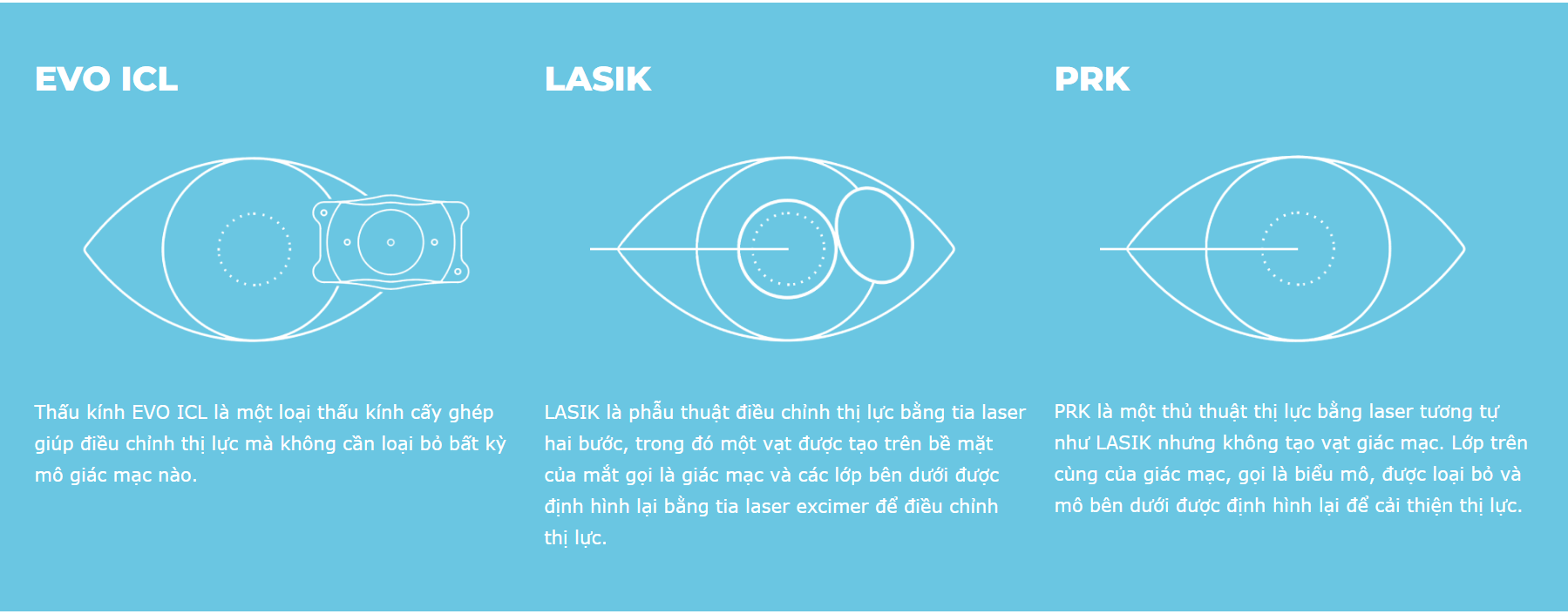
Comparison among EVO ICL, LASIK, and PRK
Clear, Sharp Vision Day and Night
Multiple studies show that over 90% of patients achieve uncorrected visual acuity equivalent to their previous best-corrected vision. EVO ICL provides consistently high-quality vision, especially in low-light environments where LASIK results may decline.
No Dry Eye – A Significant Advantage
Because it does not involve corneal ablation, EVO ICL does not damage the superficial corneal nerves. This prevents dry eye syndrome—an issue that affects many LASIK and PRK patients.
Extremely Fast Recovery
Most patients experience noticeably clearer vision on the first day and return to normal activities within 1–2 days.
Preserves Corneal Structure – Ideal for Thin Corneas
While LASIK and PRK remove corneal tissue, EVO ICL simply adds a lens, correcting refractive errors without altering corneal biomechanics. This makes it ideal for:
- patients with thin corneas
- high myopia
- chronic dry eye sufferers
- people who were not candidates for LASIK
Removable if Needed
EVO ICL is considered an “additive vision correction” technology, meaning it can be removed if necessary—such as when the prescription changes or when patients want to upgrade according to future technological advancements.
UV Protection
The Collamer material naturally filters UV light, reducing the long-term risk of retinal damage.
Who Is a Suitable Candidate?

EVO ICL cost varies depending on your treatment plan
According to safety guidelines from STAAR Surgical, ideal candidates include individuals who are:
- 21–45 years old
- Myopic from –3.0D to –20.0D
- With astigmatism from 1.0D to 4.0D
- Stable refraction for at least one year
- Free from serious eye diseases such as glaucoma, inflammation, cataract, or anterior chamber depth < 3.0 mm
If you want to reduce or eliminate your dependence on glasses—or if you were previously rejected for LASIK—EVO ICL is almost always a worthwhile option to consider.
Cost and Long-Term Financial Benefits
EVO ICL costs vary based on each individual’s treatment plan. However, many people choose EVO ICL for its long-term savings: no more constant contact lens expenses, no repeated eyeglass replacements, and no ongoing costs related to dry eye or contact lens complications.
Surgical Procedure
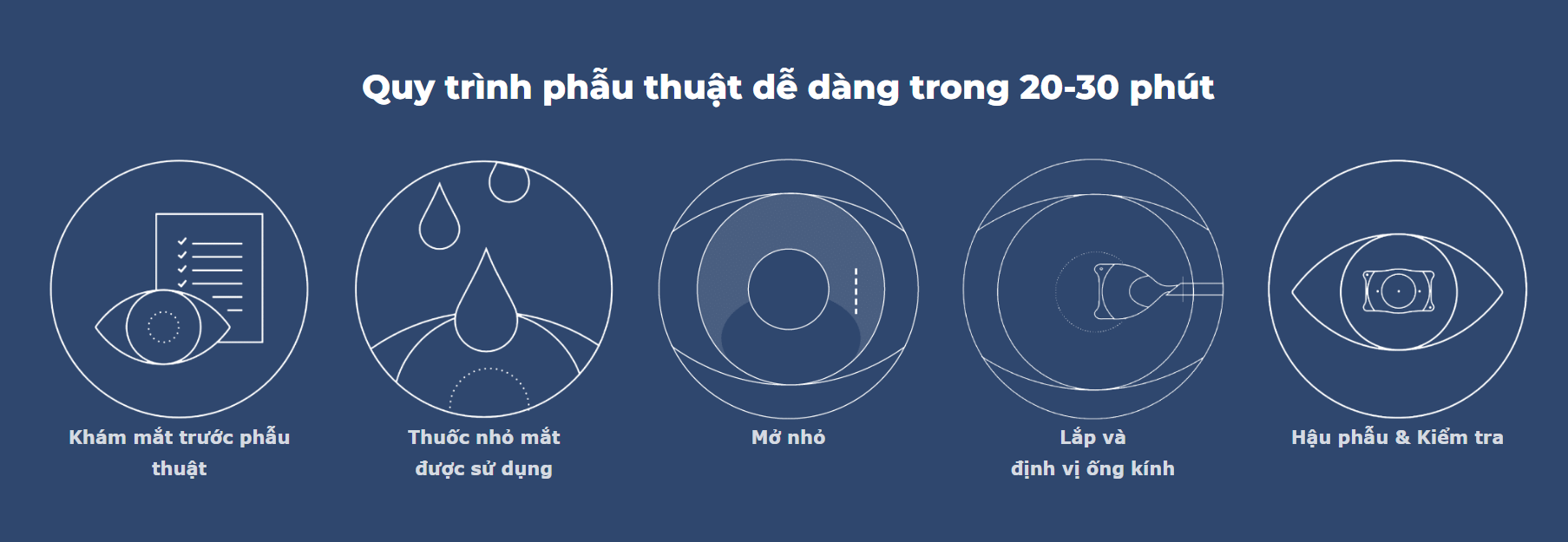
EVO ICL (Phakic) surgical procedure
Before Surgery
Your doctor will perform a comprehensive examination: degree of myopia, degree of astigmatism, anterior chamber depth, endothelial cell count, and refractive stability.
During Surgery (20–30 minutes)
- Topical anesthesia with numbing eye drops
- A tiny incision at the corneal edge
- Folding and inserting the EVO ICL through the incision
- Positioning the lens behind the iris
After Surgery
Vision improves almost immediately and continues to sharpen over the next few days.
Risks to Be Aware Of
Although EVO ICL is highly safe—with 99.4% of patients stating they would undergo the procedure again—any surgery carries small risks such as elevated eye pressure, cataract formation, endothelial cell loss, glare/halos, or the need for adjustments.
These complications are rare and are typically well-controlled when patients follow their scheduled postoperative visits.
EVO ICL represents a transformative shift in ophthalmology—from altering eye anatomy to an approach that preserves, enhances, and adapts.
With its ability to deliver sharp vision, avoid dry eye, protect the cornea, and preserve the eye’s natural structure, EVO ICL is becoming the leading choice for those seeking lifelong visual freedom without sacrificing safety or quality of life.
If you are looking for a modern, safe, and future-ready vision correction solution, EVO ICL is a breakthrough you should not overlook.

 vi
vi 26-Nov-2025
26-Nov-2025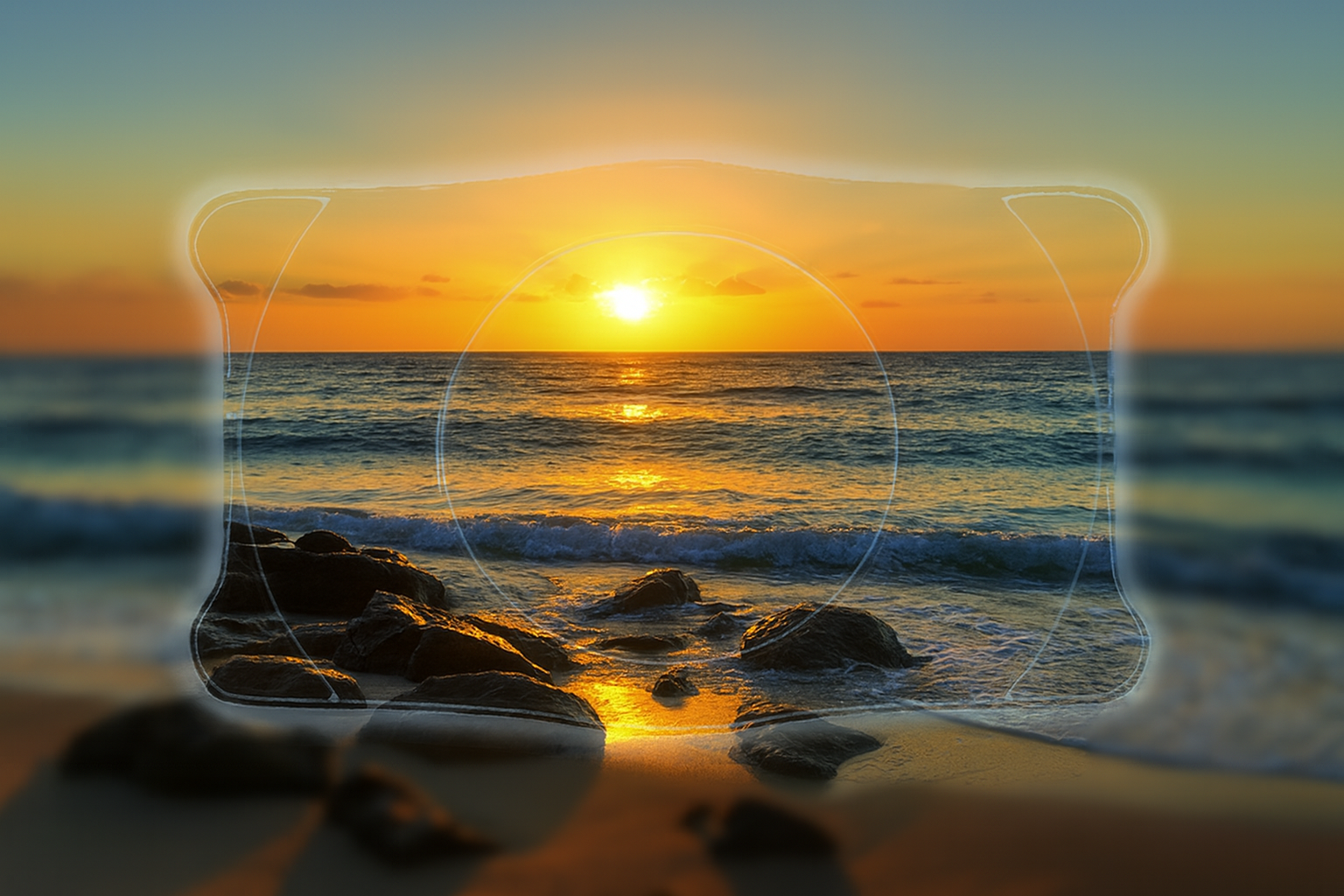
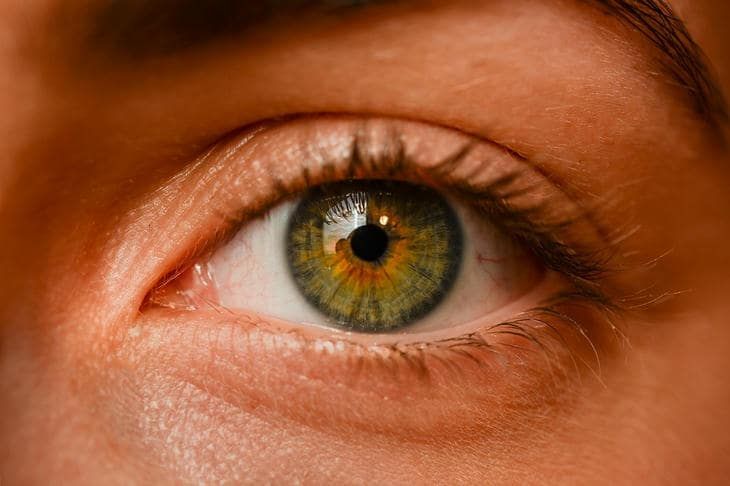
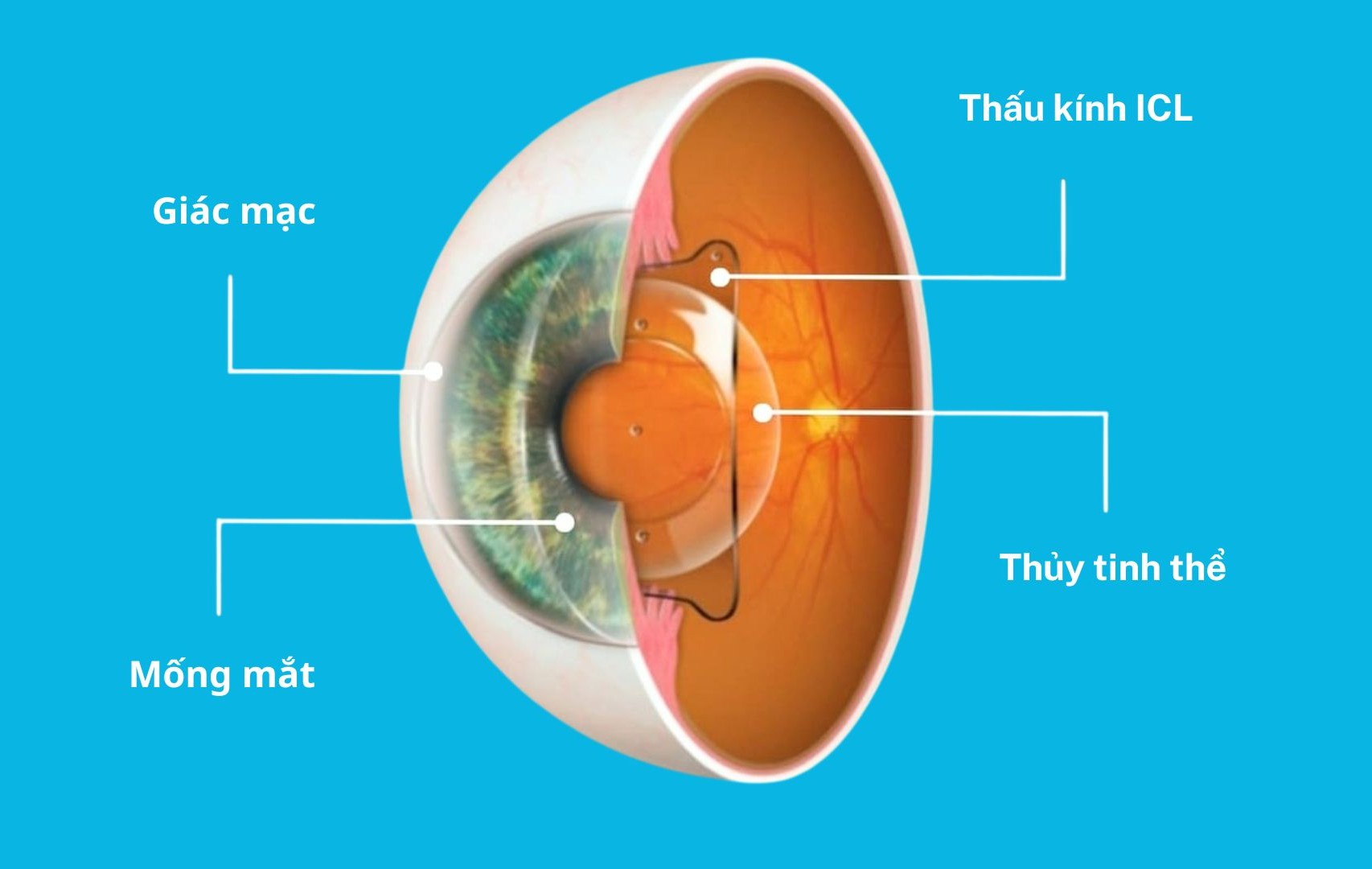


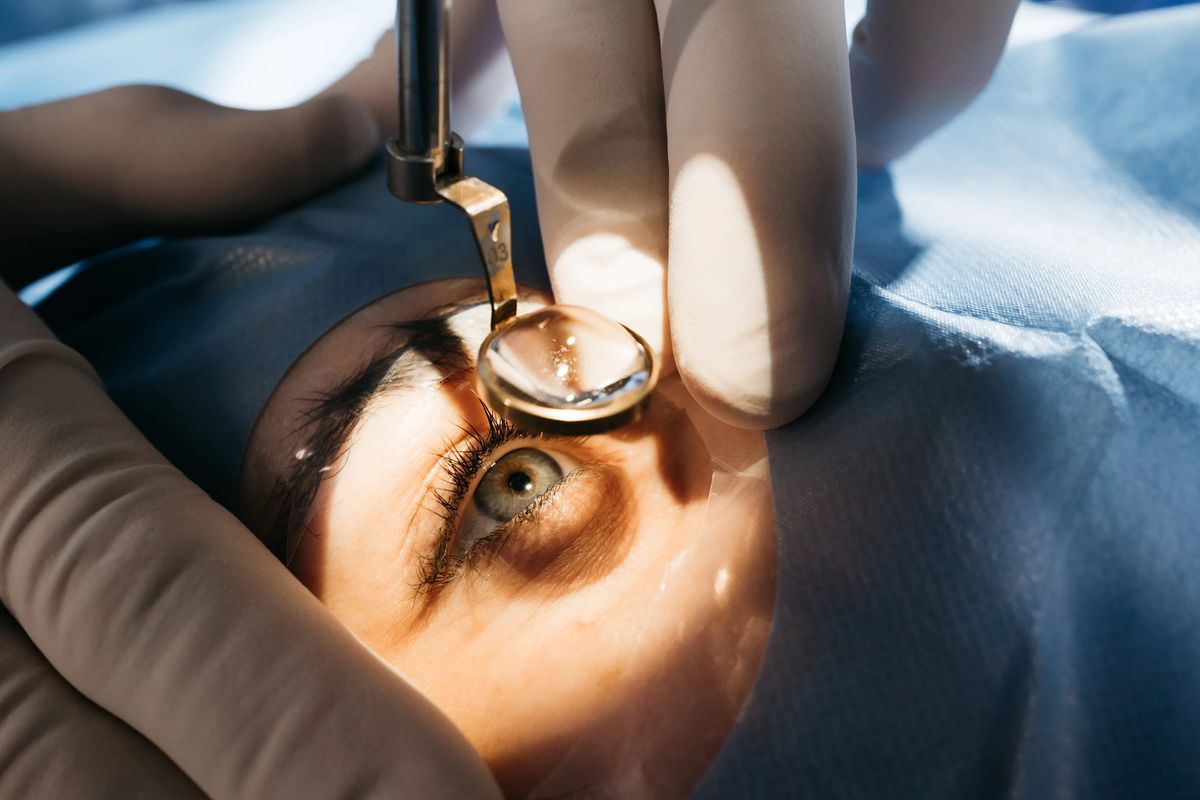






 0916.741.763
0916.741.763 Appointment
Appointment